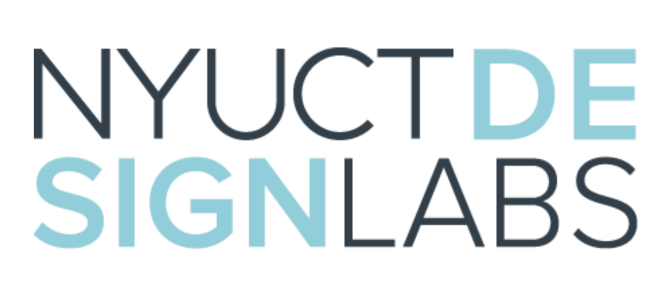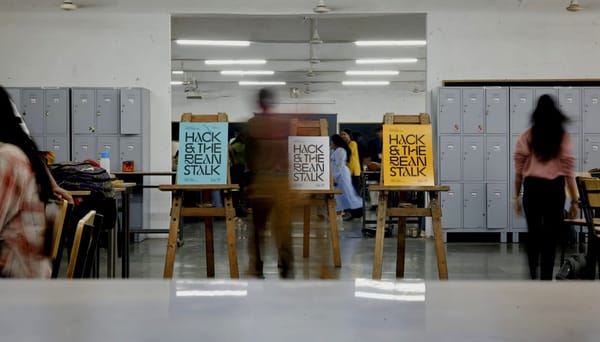Be an agile fish lest you get eaten up!
Business design and venture design help unlock agility and an innovative mindset to take on market challenges. And this culture of innovation can be fast tracked with the right partners.
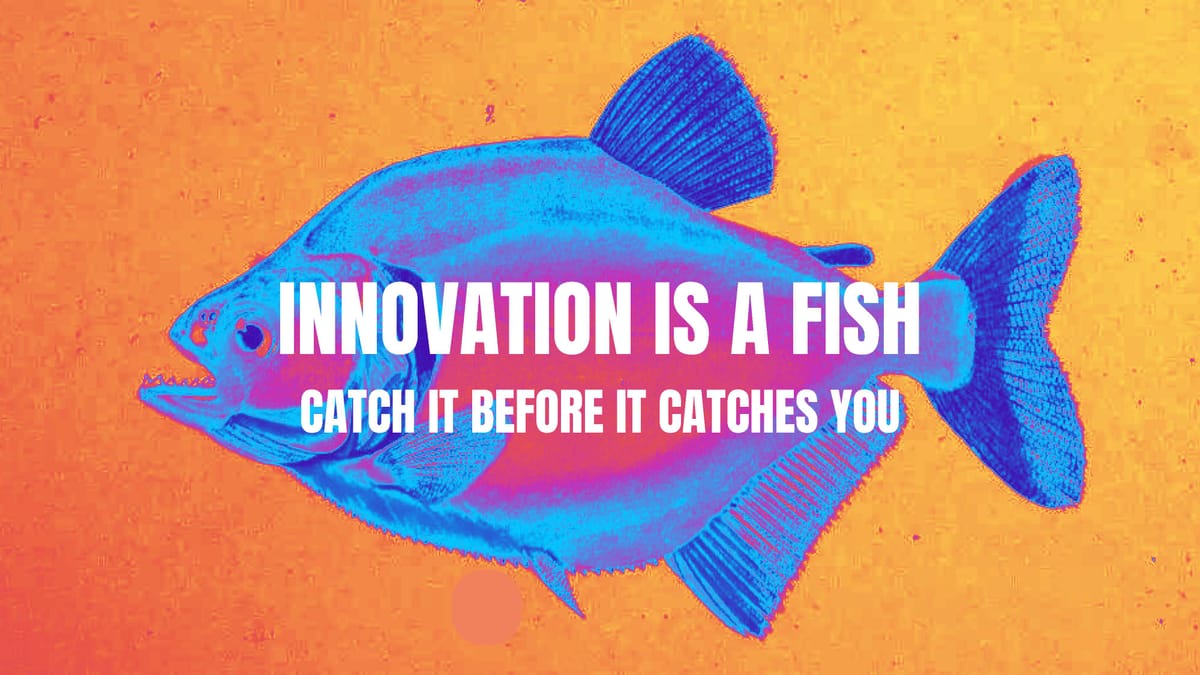
Imagine the world of business like a vast ocean. It has the classic elements of the ocean - certainties and uncertainties, new discoveries, mysteries and a cast of characters that range from predators to conservators. This world of business includes the big fish, the whales, the sharks and what nots. There are players of all sizes - large businesses with voracious appetites, mid-sized sharks that pack a mean punch and smaller but extremely agile startups that can disrupt calm waters.
For long it has been the big fish on the hunt i.e. large traditional businesses with vast experience, long learning curves, access to massive capital, ability to outspend competitors on R&D and what not. Except, that with size comes sloth or a fear of changing the status quo.

It is in the very nature of success to keep you fixated to the status quo. Large markets, invested shareholders, salaried resources and organizational bureaucracy prevents the culture of innovation many times. Business experts give examples of GE, Blackberry RIM, Nokia, Myspace, Toys "R" Us which illustrate what happens when companies stop being agile or get taken over by a culture of being static and safe.
At its height, Blockbuster employed more than 84,000 people worldwide and operated over 9,000 stores. How could things ever go wrong? Well, they did, when the streaming technology gained steam. This video rental mammoth was approached in 2000 by the duo of Marc Randolph and Reed Hastings to buy a young struggling upstart firm for $50m. They were spurned and instead Blockbuster decided to partner with Enron on a 20-year deal to create video on demand - a deal that was snuffed out by Enron over last minute anxiety on whether Blockbuster had the chops to produce content. Enron would declare bankruptcy less than a year later.
The same very upstart had a 2023 market cap of over $190bn. It's better known as Netflix to movie cultists. Blockbuster declared bankruptcy in 2010.
“Every business says that it is ‘customer-centric’. However, the reality is they rarely are, and they need to be honest with themselves about it. They tend to sit in their own echo chamber conforming to ‘category norms’ and rarely listen deeply enough to what people really need and feel. They fail to think radically outside of the walls of their category and adapt to fundamental changes in customer behavior.” – Sam Page, CEO of digital agency 7DOTS
Growth depends on either agility or the ability to farm blue oceans
But times change, they always have.
It is becoming easier in many ways for smaller and more agile players to challenge the whales. What makes it easier? Easier access to high-risk appetite capital, cheaper technology (use of SaaS platforms for many of the services needed to start and run business - CRM, prototyping, financial and HR functions, website design etc.), alternative marketing channels like social media and the willingness of consumers to try out daringly new products & services.
Larger companies often get sucked into the pressures of complexity. In some cases, accountants obsessed with spreadsheets keep analyzing dead figures of the past or executives blinded by data miss key emerging insights. Emergent technologies, changes in markets, evolution in consumer behavior and other subtle signals of change are ignored. After all, the signals of the future are always leaner and smaller than what stares us at the present. This results often in smart companies failing to periscope opportunities early enough.
The piranha offers a lesson to business and founders in agility
The business ocean is also known for a fast, agile predator, that is much smaller in size but with amazing ferocity that allows it to bring down bigger predators. Generally, piranhas are known for their voracious feeding behavior, and they can consume their prey relatively quickly. In some cases, they can strip flesh from a carcass in a matter of minutes.
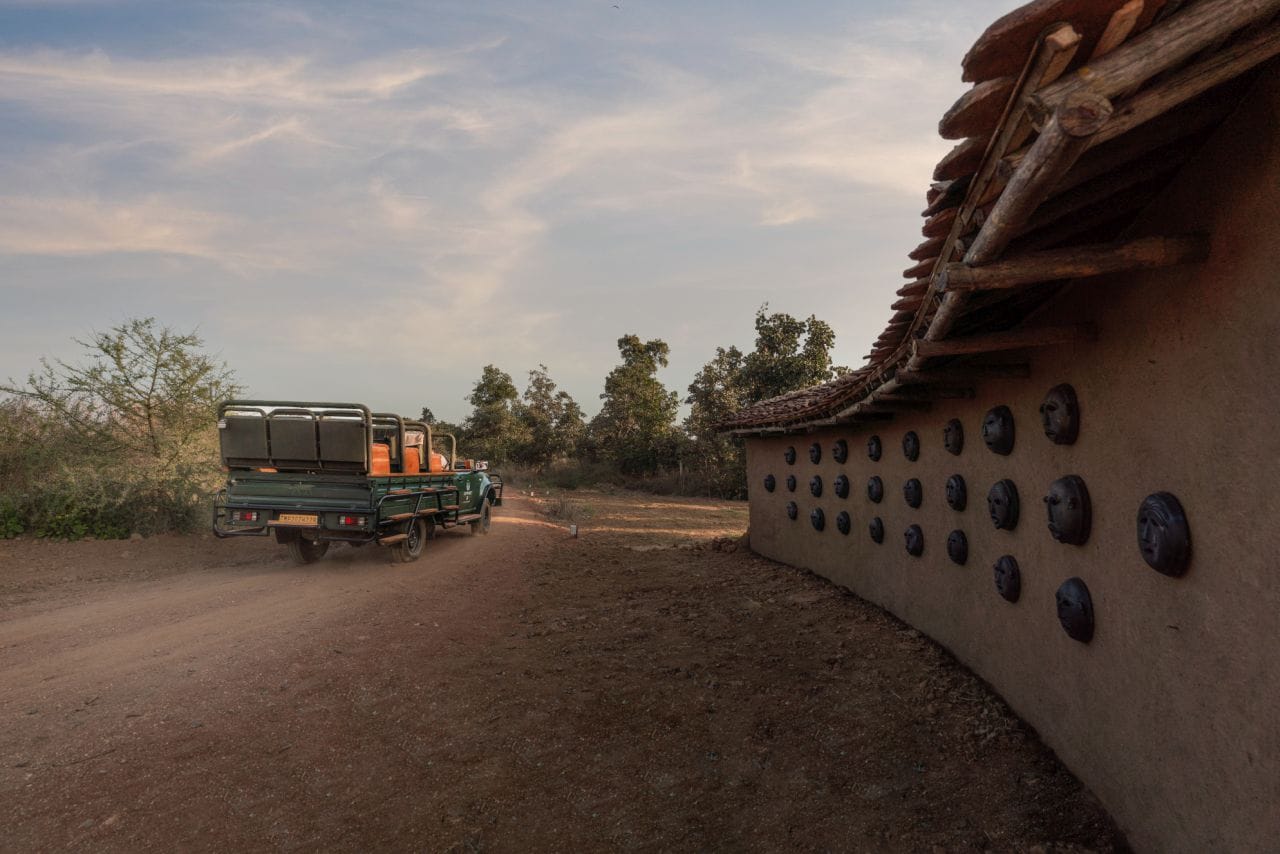
But are the business piranhas i.e. smart, agile and lean firms making a difference to the market?
The following 3 data points below will help you understand what is making the world of business more fast, furious and competitive. It is getting better for the piranhas. It is becoming relatively easier and faster to start and grow a business and challenge the whales of business today.
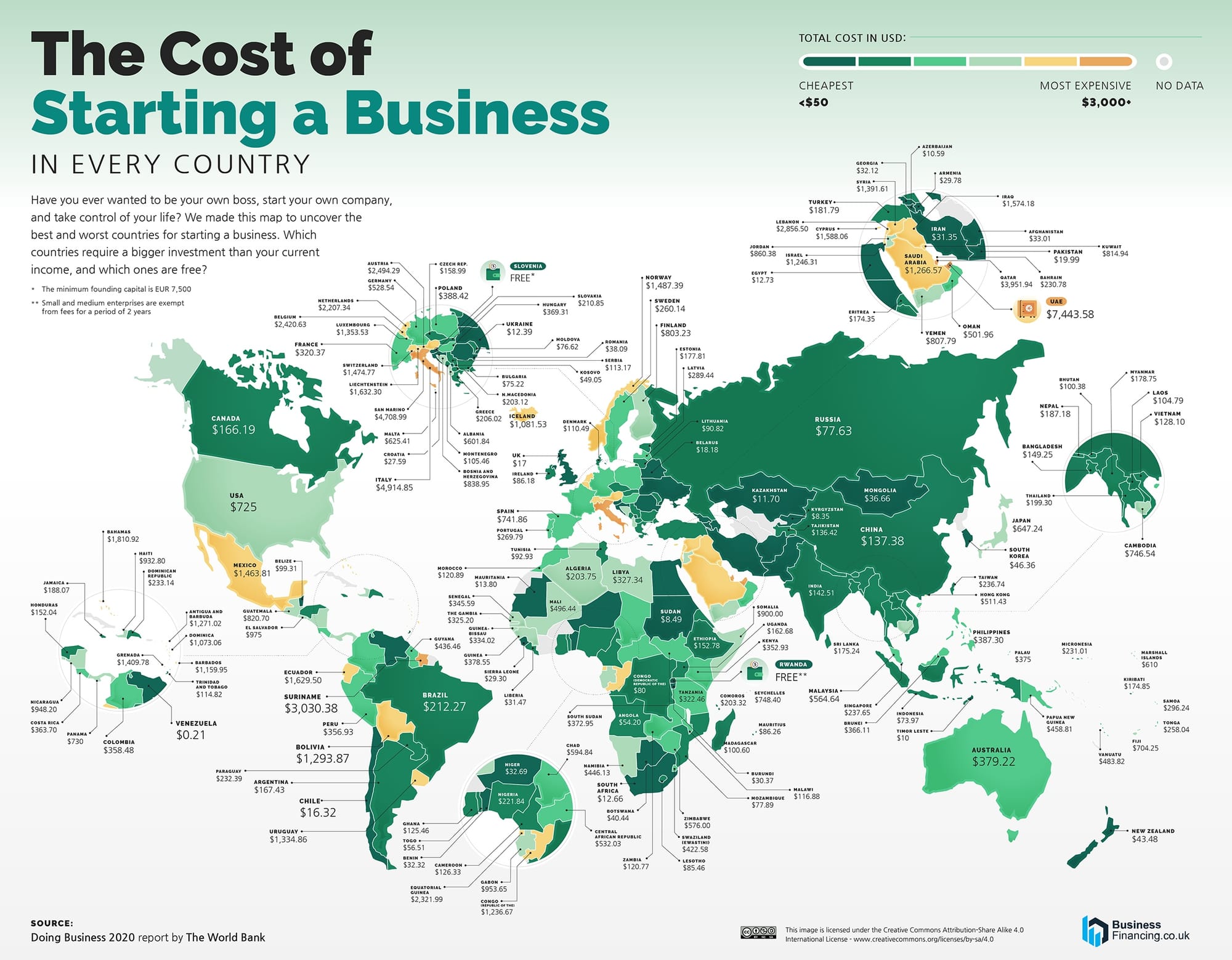
Data points towards the dramatic reduction in the time taken to start new ventures. This is something we love helping with. If you are a forward-thinking business or founder wanting to transform an exponential idea into a business/product/service, then Venture Design can help make this journey faster, better and smoother. Our multidisciplinary teams at NYUCT Design Labs work alongside you to grow concepts into launch-ready ventures and brands.
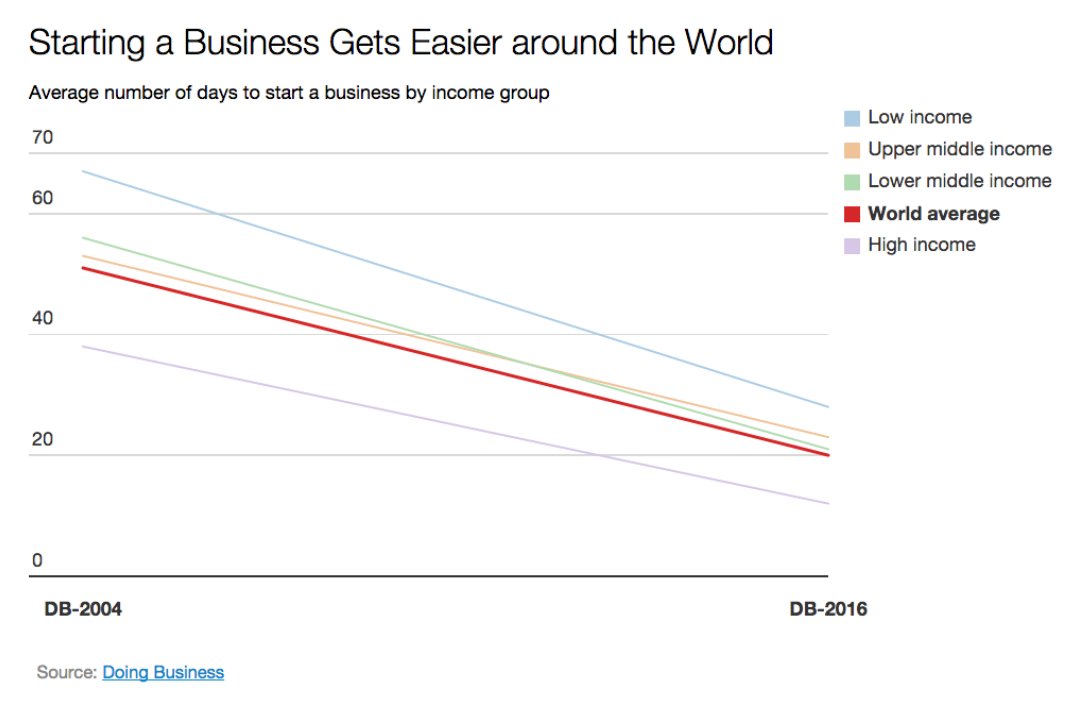
Piranhas share many of the characteristics of extremely agile and ferocious lean businesses and startups too. Piranhas can smell a drop of blood even in 200 litres of water. Piranhas are known for their razor-sharp teeth and relentless bite. (The word piranha literally translates to "tooth fish" in the Brazilian language Tupí.). The actual tooth enamel structure is similar to that of sharks. They also possess great hearing, all of which gives them the powers of fast action and thinking. In a 2012 study in Scientific Reports, researchers found that the black Piranhas — the largest of modern species—bite with a maximum force of 72 pounds (that’s three times their own body weight).
Business design and venture design help unlock agility and an innovative mindset to take on market challenges. And this culture of innovation can be done smartly and fast tracked.
In today’s fast paced and competitive market space, it is not being the big fish that matters. What matters is how agile you are as a business to meet unexpected challenges, adopt emergent technologies, exploit early opportunities and create new ventures & products around them. Forward-thinking businesses adopt and incorporate business design and venture design to create a culture of innovation and customer-centricity.
Size versus Agility
Statistics show that while 94% of CEOs desire innovation and new ideas, only a meagre 21% of companies are innovating by breaking boundaries and bringing disruptive products or services into the market annually.
Why?
- Inertia - With size gradually comes inertia. As businesses grow larger and their stakeholders grow, the daily grind of running the business and managing shareholder expectations take over. The safety-first culture takes over. In most cases life becomes more templated. Regulation, bureaucracy and a permission culture takes over. Saying yes to opportunities becomes more and more difficult than saying no. Many large companies start suffering from this syndrome of size. They get slower, older and in the jungle that can be a dangerous thing. These less agile companies become easier prey for agile and disruptive challengers.
- Culture - The going with size is good till this inertia and size start becoming a threat to the future. Safety-first mindsets and conservative cultures ensure that new ideas, experiments, prototypes, novel products & services stop getting produced. Because the business has to manage the now and the immediate, disruptive thinking is less favored. In many companies ideation becomes a rare species. Recruitment concentrates on hiring of “managers” and not necessarily creators, intrapreneurs, disruptors or outliers. And this culture disturbs the innovators within the company. Ideas start drying out. The real entrepreneurial talent move out.
And therein lies the irony. What had really helped start the business in the first place i.e. agile ideas, sharp innovation and the entrepreneurial instinct - start taking a back seat. These large companies over time get challenged by scrappy, agile founders who are today what the large companies were years ago. Entrepreneurial!

What can you as a business or founder do to be more agile & innovative?
Before we attempt to answer the above question, let's understand the pattern at work, by seeing a few examples of fast and agile innovators who created amazing ventures.
Lynda.com (1995) - Lynda Susan Weinman, Graphic designer and aspiring entrepreneur sold her online learning venture to LinkedIn at $1.5 Billion - today it is called Linked In learning. Yes, the very platform on which you are reading this piece :) probably.

Jonathan Thorne reimagined the surgical forceps when he discovered a new silver-nickel alloy which made sure that the skin doesn’t stick to the forceps. While he had initially innovated his forceps use for the cosmetic surgeons but the real use case success was with neurosurgeons. He ultimately sold his business to Stryker a large medical technology company.
Go Ape (Tree Top Adventure business) was founded by Tristram and Rebecca Mayhew in the UK and scaled with an original model and idea. They approached the Forestry Commission in UK for taking over the tree plots to set up their Go Ape adventure experience and signed a deal for 25 years to be the only operator.

Forestry commission was interested in increasing their visitor count and was open to a deal. The founder duo built 5 Go ape adventure courses as a demo to seal a deal for all such locations for 25 years. Today there are more than 30 Go Ape adventure sites across UK and US.
What then is the secret-key to be an innovative company or founder?
Prof. John Mullins (Associate Professor of Management Practice in Marketing and Entrepreneurship at London Business School) attributes these ventures and their success to the “counter cultural mindset” of entrepreneurs vis a vis conventional, large companies.
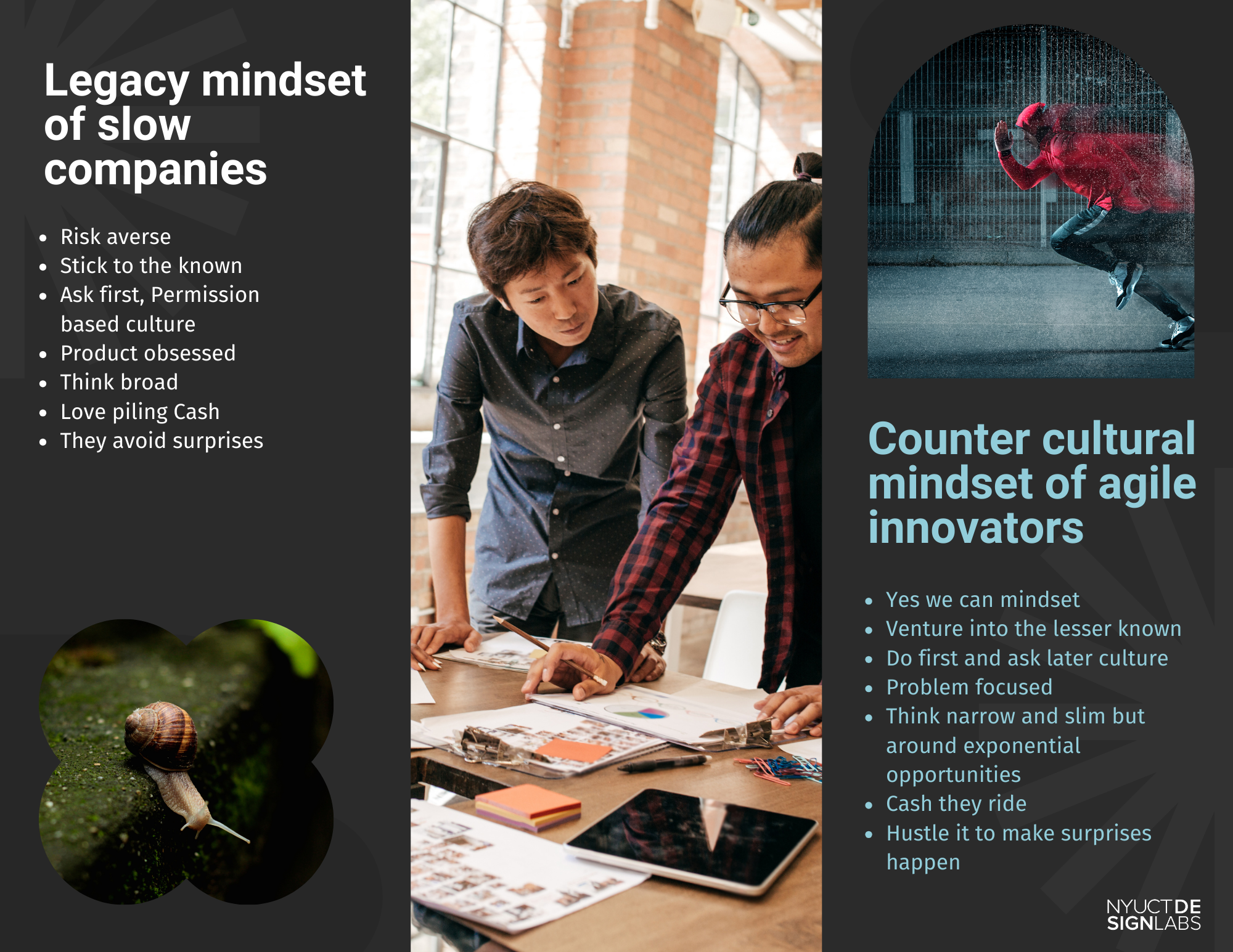
What can help you develop and design a counter cultural mindset? Fast!
An entrepreneurial culture, a growth by innovation mindset and a design thinking spirit can help. In short, a venture design culture can help. There are simple hacks and frameworks that can help businesses that are traditional, conservative and less agile to recover their agility and innovative streak. These techniques and routes should be seen as extremely reasonable investments to unlock massive capital for the future.
How do you do this?
- Out of the box platforms help you access outlier ideas and disruptive innovations that you will probably never get in closed-door board rooms. For instance, you could work with problem solving hackathons that help you crack sticky business problems or ideate the new with young untemplated minds on campus. These professionally managed and run hackathons help access both method and creativity. Discover a unique venture design and innovation hackathon on campus (Hack and the Beanstalk)
- Collaborations - by working with outside-in help and growing a more entrepreneurial culture amazing things can happen. Venture Designers use the method of inside-out thinking i.e. adopting the true insider's role, getting into the user journey, market shifts, social science and mindset of users and customers to unravel what opportunity lies to make the customer's life simpler, better and more productive. After all innovation is the new, improved normal that comes to life when adopted by the user/s. Here are three techniques that can help you innovate and get out of the box
- Corporate venture development is another interesting way in which larger and more traditional companies can deploy their idle capital & funds to work with business-designers to ideate, prototype new products & services and test them with markets before scaling them. Forward-thinking organizations can ideate, design and prototype test ventures with design labs. This allows large firms and corporations to rapidly develop commerce worthy ideas and IPs. Grow a culture of venture design in your organization with innovation sprints and idea labs.
- Ideation sprints and venture design workshops are most suited for changing the culture within the organization. This is probably one of the most rapid ways to grow a culture of design thinking, entrepreneurial culture and an innovation mindset amongst teams in traditional businesses. This insemination of a venture building, design culture can actually unlock the potential of intrapreneurs in organizations. This potential however remains untapped if internal ideas never get a chance to see the light of day. Workshops and sprints with venture designers can help unlock innovation in the organization.
- Developing curiosity around what design can unbox can be very productive in case you don't want to embark on any new change for reasons best known to you. You could however make a small start by understanding and learning how a "design thinking & design doing" culture can unlock massive competitive advantages and new futures for your business. Understand the hidden exponential value of design for your business.
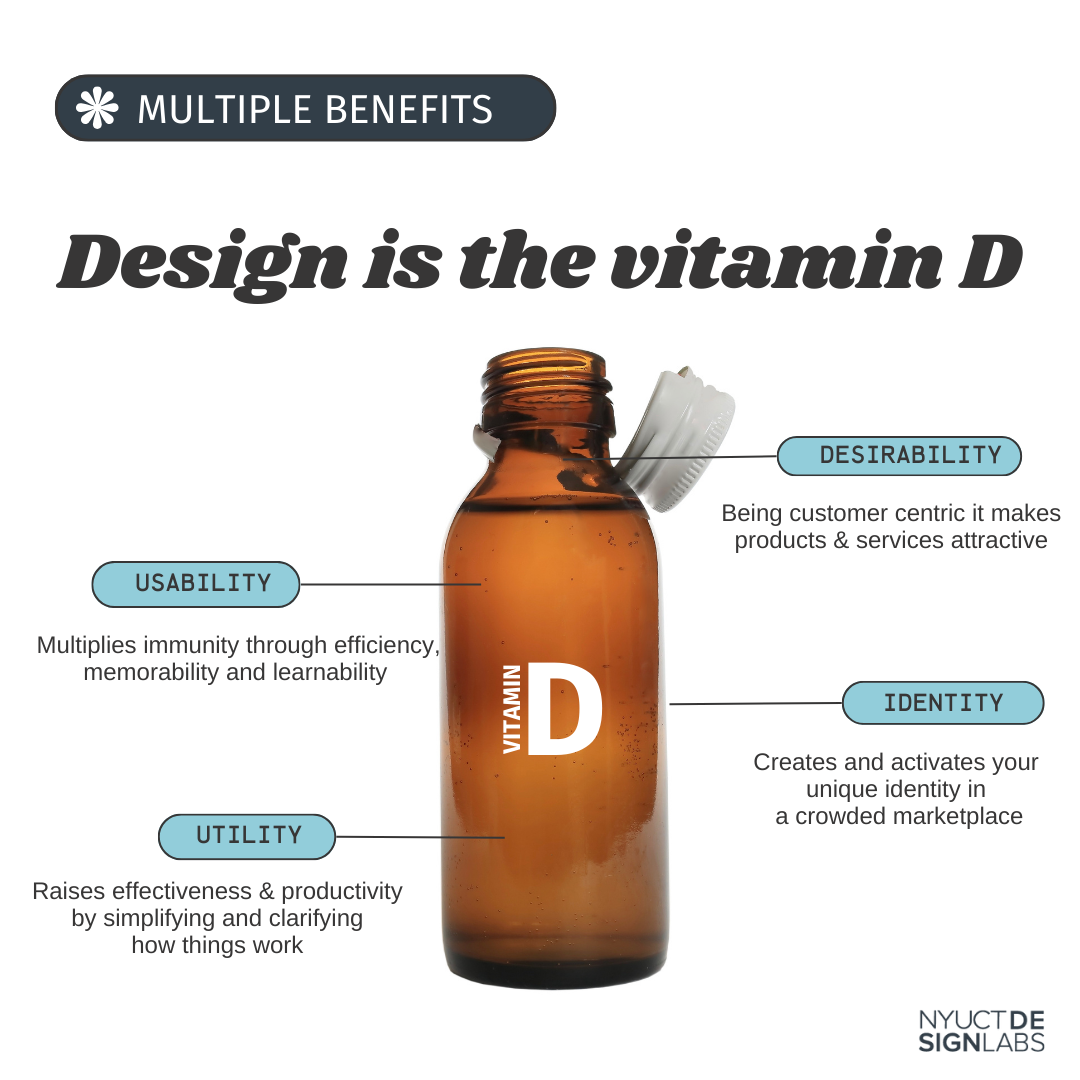
The playbook for market growth and leadership is simple. The only way to escape being trapped by old thinking is to produce some new thinking. The sooner the better.
Venture design teams could be extremely useful for businesses and budding founders in co-ideating, co-creating and designing new ventures. The outside in thinking which an interdisciplinary team brings is conducive for innovations and blue oceans. Today for large corporate houses, and businesses, agility is the most valuable currency. If as a business you are not imagining and acting upon threats to your normal yourself, someone else will be conceiving ventures and ideas that will simply disrupt you out of the market. Corporate venture development and co-creation with venture design pools can be a smarter and faster way to carve newer roads to growth and profitability. As also to out-think challengers. We at NYUCT Design Labs would love to see businesses and creators get more adventurous with more delightful products, services and experiences. We would love to see them experiment a lot more. For that precedes better futures. For everyone – for people, for business, for creators and ideators.
Remember, the piranhas are coming! And you need to be ready.
Our newsletter Venture with Design shares news, ideas, tools and techniques on the business of design and design-led innovation.
The future is getting faster and more furious about producing better. The world of ventures can be a deluge of news, jargons, rainmakers, and eye-popping valuations that often defy both gravity and logic. We prefer to slow things down a bit to make sense of it and understand the method behind the madness. There always is. There is a design to it.
In our own little way, as Venture Designers we get to spend time in the boiler room with all types of makers - all wanting to design and build better products and experiences. They come in all shapes and sizes with outsized, feverish dreams from upstart start-ups to entrepreneurial companies and collaborative creators. Many will fail and leave lessons. Yet many more will persist, succeed and creatively disrupt.
Our line of work helps us meet some exceptional ideas early – some embryonic and gurgling in the minds of the fast and furious founders and quite a few that have hustled as exciting working models and earned hard monies. To tell you the truth we remain suckers for more. They fill our lives with a daily dose of excitement.
These are the adventures and ventures we share – let’s say we are goofy about fantastic ideas and their productive possibilities. And when we meet one or sight one or get to hear about one, we feel it must be shared with people who love ideas and new ventures, people who love building better products and experiences. People like you!
Subscribe to our newsletter to get more innovation and ideas into your inbox. Ping us if you are planning to design and build a new adventure or reimagine an existing one.
Check out ventures and adventures with design and innovation.
